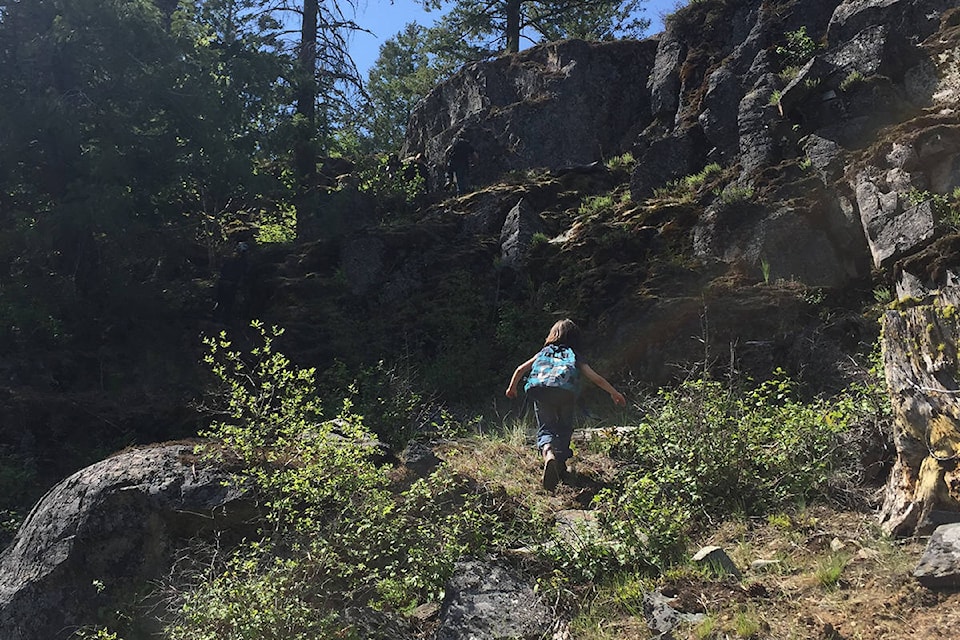Submitted by Zavallennahh Huscroft
I was talking with an older stranger while waiting in line, and we got on the subject of nature connection and how important it is, and our fears that this is being lost for today’s youth. She confessed that until her recent retirement, she too had lost that connection to nature that she had experienced throughout her childhood. An incredible light-filled smile came over her face as she shared how she had recently started practicing Shinrin-Yoku, otherwise known as “forest bathing.” Intrigued, I decided to find out more.
The Website shinrin-yoku.org states, “Forest baths are gentle walks that support well-being through sensory immersion in forests and other naturally healing environments.” It’s not exactly hiking, and it’s not exactly meditation, but you incorporate elements of both as you slowly and purposefully walk through the forest, mindfully engaging all of your senses.
The destination is the present moment, gaining awareness through connecting with what you are experiencing all around you. Slowing down enough to notice the small insects crawling along with the coarse texture of bark, breathing deeply and taking in the damp life-giving scent of dirt and decay. Becoming aware of the gentle, crisp breeze caressing your cheek, hearing the bird singing off in the distance. Taking in the beauty of a ray of sunlight. Light filtered through leaves overhead. Reaching out your hands and touching the tree in front of you, running your fingertips over its life-giving skin. Eating the greenest fir tip, letting the flavour move across the different zones of your palate. And then taking another few steps and experiencing the next moment in the healing space that nature offers.
Forest bathing can be a solo or group experience, is for young and old, and can be guided or independent. There are quite a few books on the subject, as well as trained “nature therapists” who offer guided forest bathing. There is a long list of health benefits associated with being in the forest, including decreased anxiety, stronger immune systems, and reduced blood pressure. When in the forest, we inhale beneficial bacteria, plant-based essential oils, and negatively charged ions. In addition, most people experience increased energy levels and an increased ability to focus.
Some people choose forest bathing not for the calming and health benefits, but as a source of creativity, inspiration, and problem-solving. Stepping out of your home or office and into nature heightens awareness and allows one to observe their surroundings differently. This, in turn, helps us to think in new ways, inspired by joy, wonder and curiosity. Sometimes referred to as the “awe effect”, it is a great way to bring new perspective to thoughts related to our work or personal lives.
Living in the beautiful Creston Valley, we don’t need to go far or pay a lot of money to experience forest bathing. There are so many wonderful hikes and trails practically at our doorsteps www.crestonvalleytrails.ca, we just need to make the conscious effort to go and experience them in a slow and mindful way.
“Between every two pine trees is a doorway leading to a new way of life.” – John Muir
Zavallennahh Huscroft is a mother, co-facilitator with Creston Kids Outside, and a professional musician.
